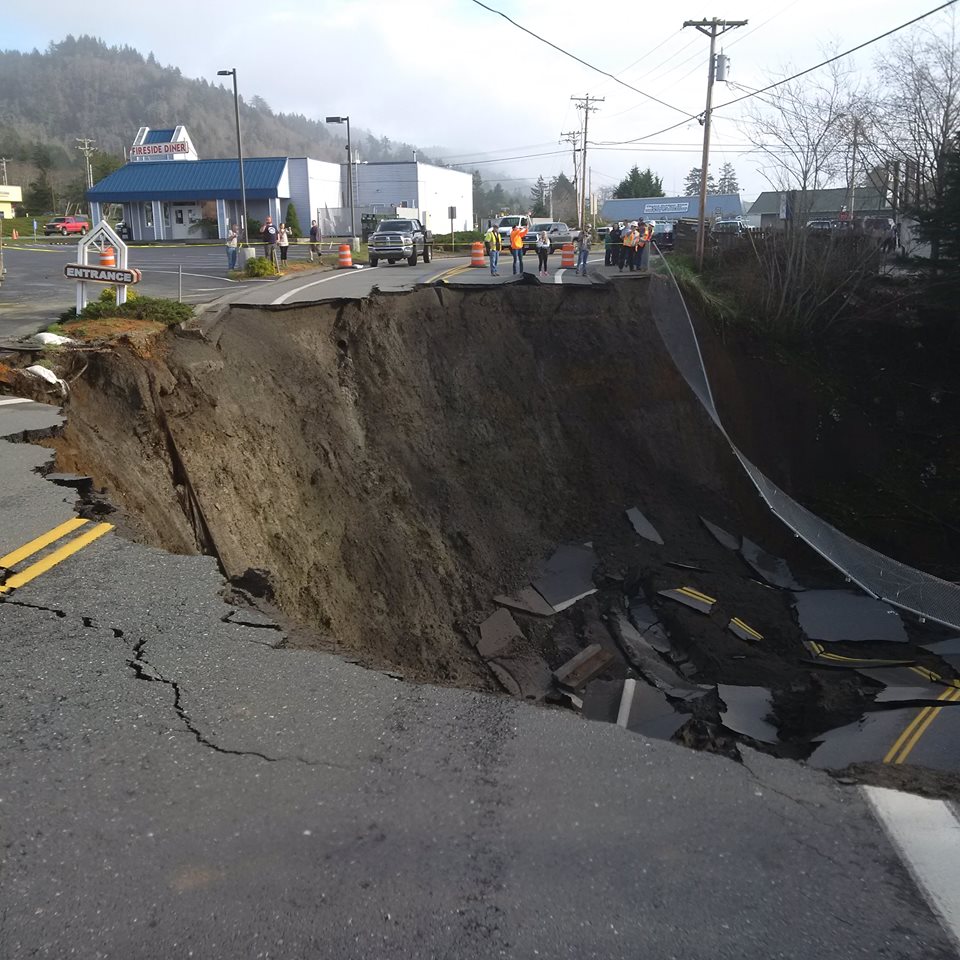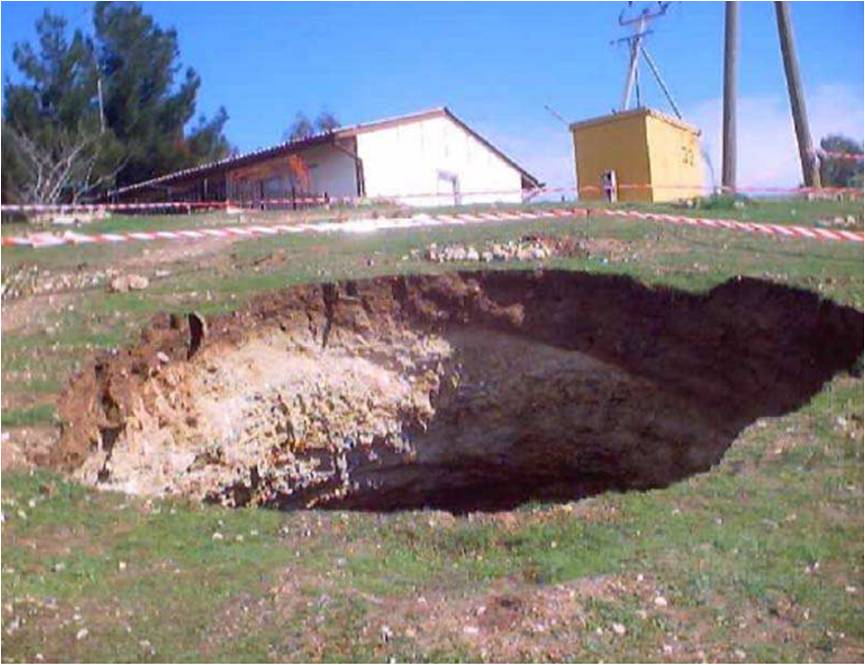The incident that happened to Jeff is related to a sinkhole, and it has happened many times in other parts of the world, although it has not always ended in death. Despite this, experts believe that the number of sinkholes has increased during the last fifty years. Therefore, they have warned people to take this issue seriously because it is affecting our lives and the environment.
How do sinkholes form?
Two factors contribute to the formation of sinkholes: natural and artificial.
In general, sinkholes are formed on the surface of limestone or other soluble rocks. From the point of view of engineering geology, sinkholes are depressions in the earth’s surface in oval and spherical shapes, which are caused by the rupture of surface layers. Sinkholes are usually formed in carbonate rocks (limestone and gypsum) and it is very difficult to identify them because they cannot be seen.

We must note that sinkholes come in different sizes. One sinkhole may be 20 cm, while another may be hundreds of meters deep. The width of the sinkholes also varies. For example, a large sinkhole that recently appeared in Chile was more than 30 meters wide.
But the human factor also plays an important role in increasing this natural phenomenon and speeding up the formation of sinkholes. The main reason for this is excessive use of underground water, which has caused the level of these waters to drop and, as a result, creates tension on the roof of caves. This tension puts pressure on the caves and they collapse, creating sinkholes. This means that a process that would naturally take hundreds or thousands of years has been accelerated by human intervention.
Lack of proper management, and somehow knowledge, in important industries such as construction, agriculture, mining, and so on, is one of the most important factors in disrupting the process of this phenomenon. For example, in Kabudarahang, Iran, more than 15 sinkholes have been created due to excessive use of underground water in agriculture. Now, many of those zones have been abandoned because they cannot be repaired and there is no possibility of agriculture.
Global warming has also had an impact on the growth of sinkholes; a study in U.S. found that for every 0.1C rise in global temperature, the number of sinkholes increases between 1 and 3 per cent.
How dangerous is this phenomenon?
How dangerous sinkholes are depends on the type of sinkhole and also the area. That is, in areas where rocks are sensitive to dissolution in water, it can be catastrophic.
Sinkholes that expand slowly and gradually over time may not cause sudden and catastrophic damage like other natural hazards such as floods and earthquakes, however, the damage caused by sinkholes is usually irreparable, costly and destructive.
Sinkholes may expand gradually, over years, but they can also happen suddenly over a period of several hours and cause catastrophic damage. This happens in cases where the cover deposits contain a significant amount of clay.
What is the solution to sinkholes?
Sinkholes can occur anywhere on the planet and there is no difference between residential, urban places or deserts and remote areas. What matters is which areas are susceptible. In areas that are not covered with asphalt, sinkholes are associated with settlement or surface cracks before forming. Therefore, people can recognize – to some extent – the signs of the sinkhole phenomenon before it happens.
Less dependence on underground water is one of the main solutions to reduce this phenomenon. Using modern irrigation methods such as pressurized, drip, rain irrigation, and not cultivating non-strategic crops and using purified water from urban waste water for irrigation are among these solutions.
In addition, with proper management, it is possible to educate farmers in sinkhole-prone areas about the dangers of over-harvesting groundwater and water loss.
Another fundamental solution is to make changes in the construction industry. Reusing wastewater or even snow and rain can reduce dependence on groundwater. The role of education in the media, schools and universities is very important, and people should learn that water waste and improper use of water play an important role in creating sinkholes.
Images: Oregon Department of Transportation and U.S. Army Corps of Engineers

